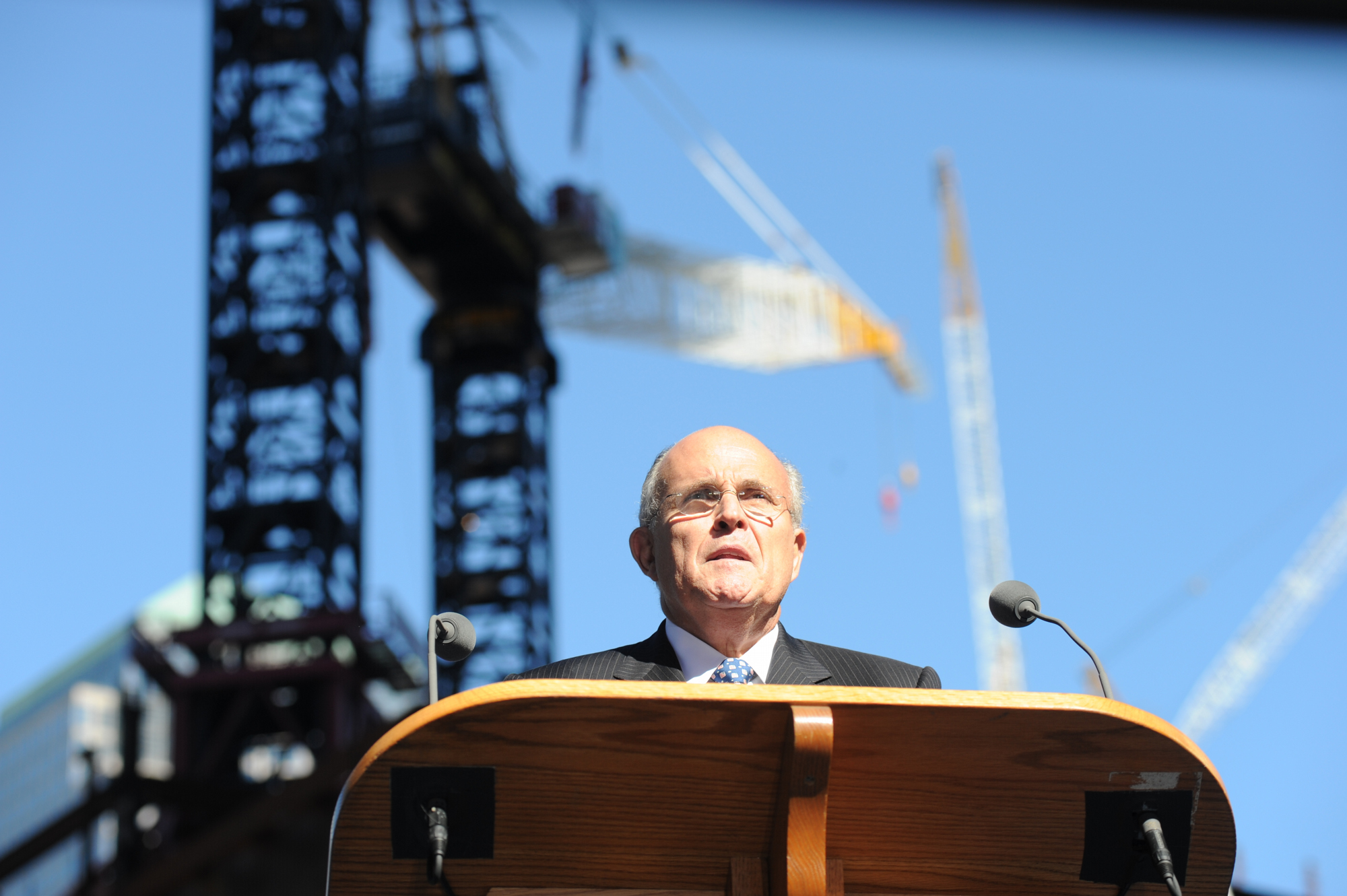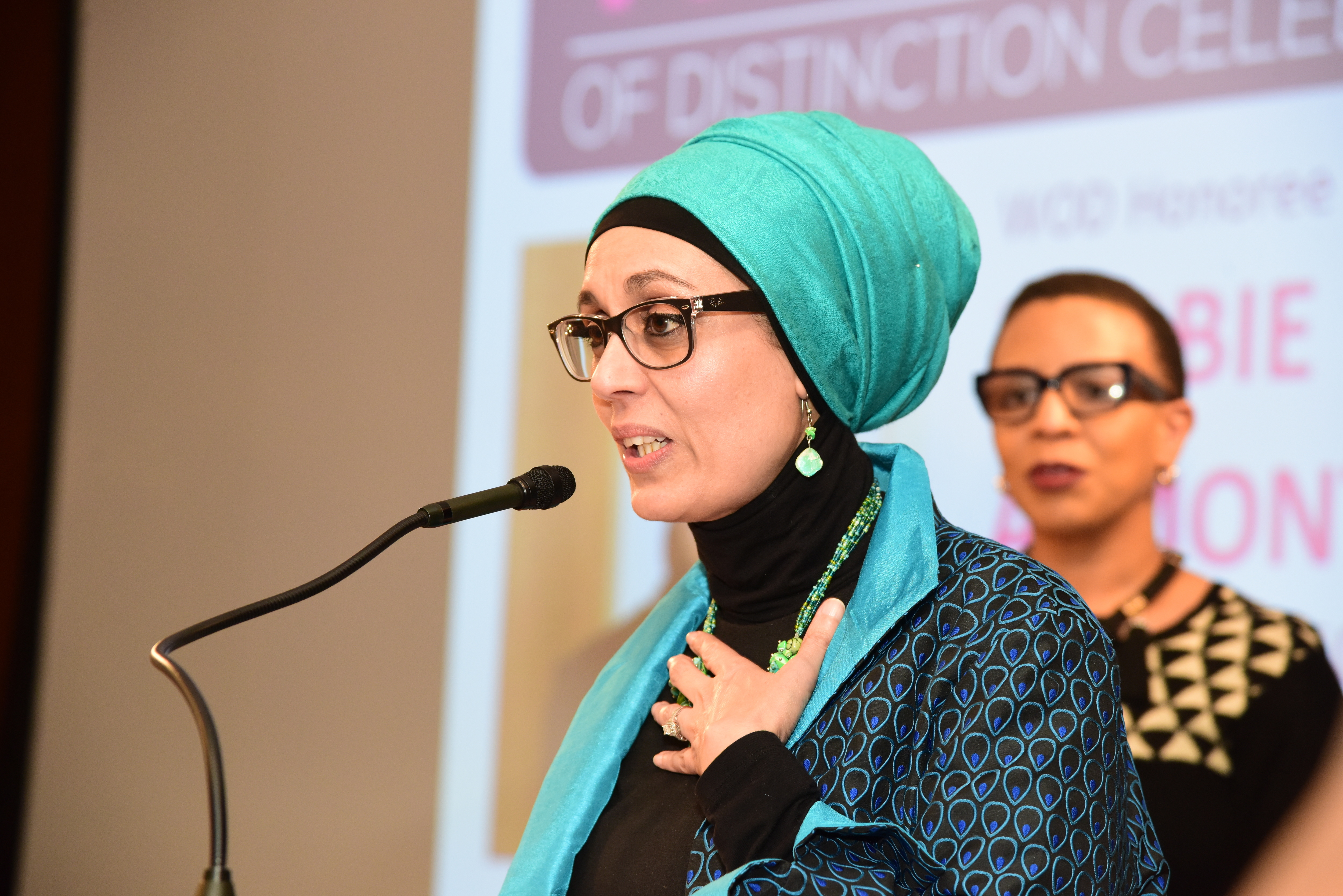There are just a handful of Connecticut television reporters who covered the terrorist attack at the twin towers who are still working in our state.
Among them, NBC Connecticut Chief Investigative Reporter Len Besthoff.
Here is his story:
As hard as it was to report, covering the terrorist attack on the World Trade Center has been one of the biggest stories of my career.
Get top local stories in Connecticut delivered to you every morning. Sign up for NBC Connecticut's News Headlines newsletter.
In many ways it was personal.
I grew up right outside New York City, born just before the twin towers were built. I had a lot of family both living in, or working near the Big Apple.
The morning of Sept. 11, 2001, I was in North Carolina, working for WRAL-TV in Raleigh.
Just like New York City, Raleigh was having a beautiful stretch of early September weather - warm, sunny, dry - not a cloud in the sky.
I was at the Wake County Sheriff’s Office, going through the overnight arrest log, when the World Trade Center was hit by a pair of airliners, and I was summoned back to the television station.
I was a member of what we informally called the “jump team,” myself, a photographer, and a satellite truck operator, who were all supposed to have three days’ worth of clothes, in our personal vehicle, so that we could go at a moment’s notice to any big stories the station wanted to cover.
As I walked into the WRAL newsroom, most people weren’t speaking. Their eyes glued to the tv monitors. The twin towers had just collapsed.
My supervisors told me, my photographer Ed Wilson, and satellite truck operator Tony Gupton to go home quickly, gather up any other belongings, and say goodbye to our families before we were to head up to New York.
I remember being upset on my drive back to my house, I just could not comprehend how, and why, something like this could happen.
When I got home I tried as hard as I could to keep it together as I said goodbye to my family. I was scared.
When I got home I tried as hard as I could to keep it together as I said goodbye to my family. I was scared. We didn’t know if the attack was really over and what we were getting into.
NBC Connecticut's Len Besthoff
We didn’t know if the attack was really over and what we were getting into.
With that in mind, Ed and I decided not to take the straightest route to New York, I-95, because we didn’t know if roads would be blocked in and around Washington due to the attack on the Pentagon, or what we might face the closer we got to New York
We took an inland route, up I-81 in western Virginia, West Virginia, and western Maryland, then I-78 and I-80 through Pennsylvania.

There was a lot of traffic when we got closer to New York City, but we managed to get across the Hudson River just after 11 p.m. on 9/11.
WRAL thought we could not get in place fast enough to get on air that night, and told us to start fresh in the morning after our harrowing ride.
Finding a place to stay was a challenge.
My photographer and I convinced a motel manager to let us stay in a janitor’s closet for the night, and we slept on the floor for a few hours.
Over the next two days, we were in Manhattan, sharing what we were seeing with the world.
It was eerie, in a lot of ways.
The city did not have its usual hustle and bustle.
The biggest thing going on was smoke still billowing at Ground Zero that went on for days.
Many businesses were shut down.
Most mass transit, and all plane flights were suspended.
Some got home crossing the George Washington Bridge on foot, to finally get out of Manhattan.
One commuter told us, “…spent the night at a co-worker’s apartment, and now I’m walking home to Jersey.”
Among the stranded, we found Gurney Mills of North Carolina, who was stuck wearing the same clothes for several days.
Mills told us “While it has been…kind of an inconvenience for me, for the last few days, my heart really goes out to the people, that really lost everything, including their loved ones.”
We saw a lot of those people too.
They would come up to us, with fliers, describing their loved one missing after the attack, begging us to do a story about them, even as we explained our stories were mostly airing in North Carolina…to them, so desperate for help, it didn’t matter.
It hurt to turn them down.
(People) would come up to us, with fliers, describing their loved one missing after the attack, begging us to do a story about them, even as we explained our stories were mostly airing in North Carolina…to them, so desperate for help, it didn’t matter. It hurt to turn them down.
Besthoff
Many others walked around Manhattan in shock, not believing what they saw 24 hours earlier.
One woman told us, “…to actually witness and to see something, I don’t think that, you know I never thought that I would witness anything that bad in my life. And to see it. I hope that I never have to see it again.”
Another said, “I’m trying to, you know, understand why something like this would happen. How could something like this happen? I don’t know. It’s just, it’s just hard. It’s just hard for me and I’m sure it’s hard for other people to deal with.”
We tried to get to Ground Zero, but were kept from getting too close.
We did talk with someone who did, Dr. Alec Schwartz, one of my best friends from high school, who was a resident at the time at St. Vincent’s Hospital, one of the closest medical centers to the site of the terrorist attack.
“The streets are lined with a half-inch of ash. And the cars are covered and the buildings are plastered with ash. It just stuck to everything. And it was like nuclear winter and I mean it, I couldn’t believe I was in Manhattan,” Schwartz told me.
I remember how strange it was interviewing a buddy about a topic so serious, and how strange it was that there were so few people he could help.
Schwartz added, “Well there hasn’t been a whole lot to do. Sadly enough, because they haven’t pulled many people out. And, it’s just a terrible feeling. You feel very helpless, and I feel like whatever I might be able to do at all is probably down there,” referring to Ground Zero.
I am glad I got to cover 9/11 so up close. It’s still hard for me to talk about. It’s important though. Just like I remember generations before me made sure I knew about some of America’s darkest days on their watch, I know I need to share what I know about 9/11 with those who are too young to remember, so this country never forgets.
It’s still hard for me to talk about. It’s important though. Just like I remember generations before me made sure I knew about some of America’s darkest days on their watch, I know I need to share what I know about 9/11 with those who are too young to remember, so this country never forgets.
Besthoff




